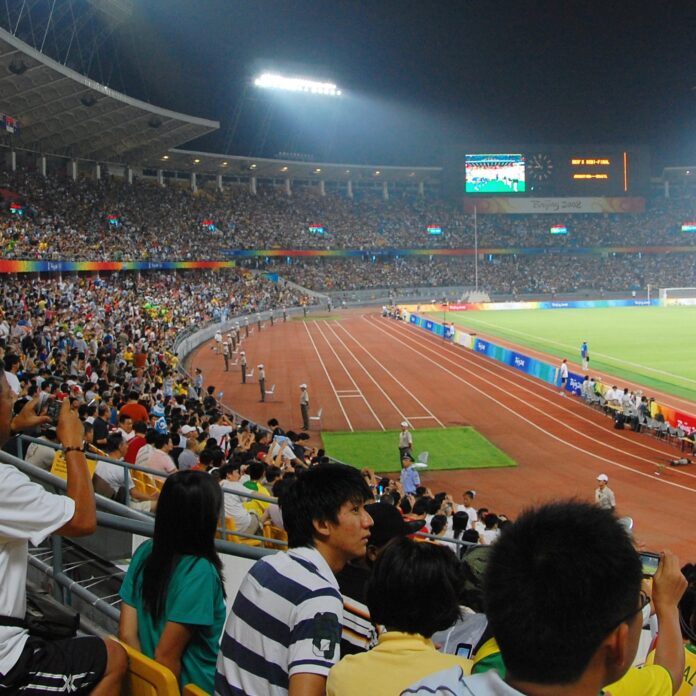Largest LTE carrier uses Huawei small cells to improve indoor wireless coverage
BARCELONA, Spain – Small cells are changing the outside-in paradigm in providing in-building cellular coverage, with China taking a leadership position.
“When you go to the indoors, you may suffer from poor coverage,” said Liu Guangyi, CTO of wireless development for the China Mobile Research Institute, at this week’s Small Cell Summit in Barcelona, Spain. “If you go to some hot spot, like some stadiums, you always have so many crowded people. Traffic demand will be very, very huge. It’s not so easy for us to address by the macro base stations. We need small cells. Finally, this year, we have started large scale deployments for small cells.”
Guangyi gave the example of Beijing Workers’ Stadium, which has seating for more than 62,000 people over 150,000 square meters. Previously, the stadium had a 2G/3G distributed antenna system with 8 cells. LTE demand projections suggested the stadium needed 59 cells in three to five years.
To address the need for massive amounts of mobile broadband access, China Mobile and Huawei deployed LampSite, which Huawei initially launched during Mobile World Congress in 2013. After the installation, data traffic in the stadium increased by more than 600%, reaching around 660 gigabytes during events.
Guangyi noted that following the LampSite deployment, user numbers also increased significantly.
“From the user perspective,” Guangyi said, “if you have a good experience with data downloading or some other service, of course, you use more. If the user experience is very, very poor, I believe you will give up. You will not use it.”
Guangyi said small cell technology will continue to evolve as the telecommunications industry works to standardize “5G” mobile networks, while bolstering current LTE networks by introducing support for the LTE-Advanced Pro standard.
“For the future, of course we hope we can do more,” Guangyi said. “We hope to introduce carrier aggregation,” for instance, as well as 256 quadrature amplitude modulation downlink and 64 QAM uplink.
“We need to create some new business models,” Guangyi added. “For the future, we can introduce indoor positioning. We can explore some [new] verticals or new business models and grow our revenue.”
Guangyi also said small cell deployments will only continue to increase as companies like Huawei and China Mobile work to decrease the capital costs.
“And China Mobile and Huawei are both good at price reduction,” he said, drawing a laugh from the packed session. “We hope we can work together and make everybody happy in the future.”

